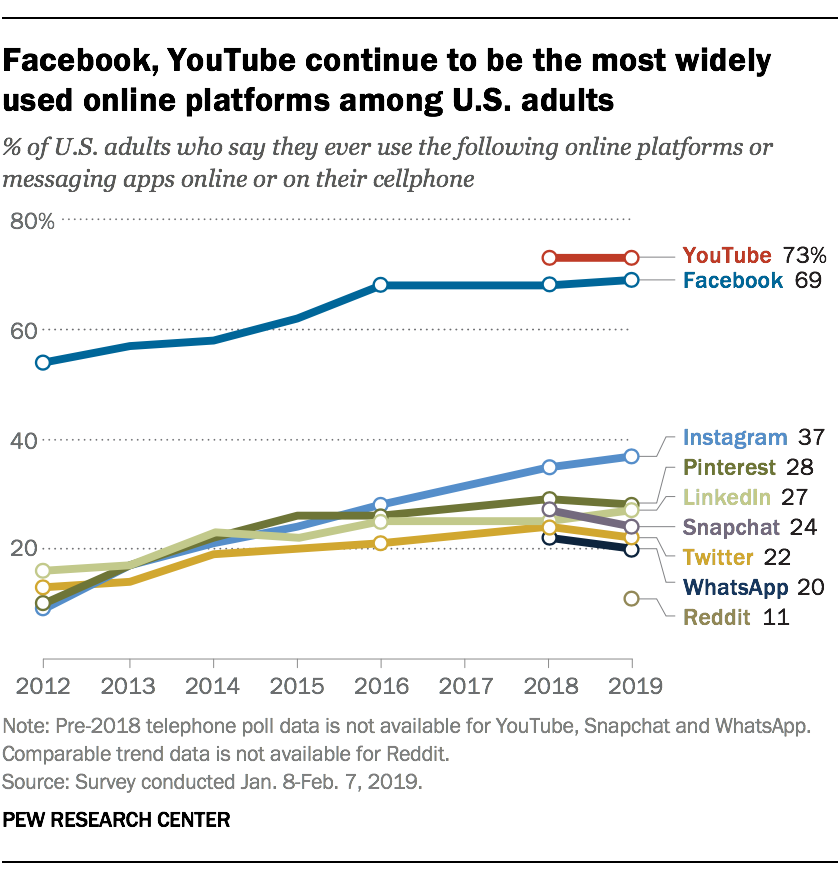Video evidence authentication has received a fair amount of treatment on this blog. The topic remains an area of practical significance given the prevalence of video evidence in criminal trials and how common it is for the prosecution’s case to hinge on the admission of video. We are increasingly a video-focused society. Between home security cam, doorbell cam, body-worn cam, in-car cam, pole cam, and even parking lot cam, juries increasingly expect to see video, whether the incident in question occurred outside a home, near a business, or on the roadside.
In this post, I will focus on surveillance video.
 Nearly half of the 7.7 billion people in the world are on social media, and each of those users has an average of 8 different accounts. The rate is even higher in the U.S., with around 70% of the population active on social media for an average of 2 hours every day. You can find more jaw-dropping statistics
Nearly half of the 7.7 billion people in the world are on social media, and each of those users has an average of 8 different accounts. The rate is even higher in the U.S., with around 70% of the population active on social media for an average of 2 hours every day. You can find more jaw-dropping statistics 